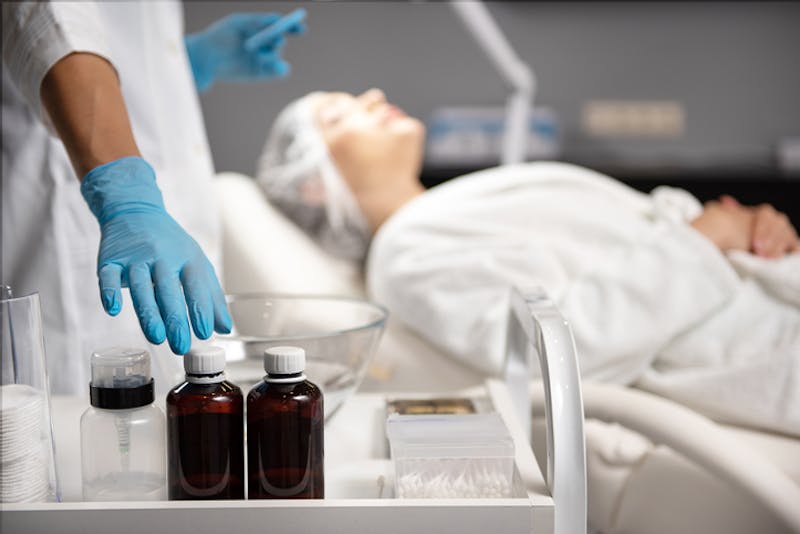

Most people are unaware that four different types of anesthesia are used in healthcare settings like surgical centers. One plastic surgeon in Raleigh, North Carolina, explains the types of anesthesia used during plastic surgery procedures to broaden patient understanding of each.
What Is the Definition of Anesthesia?
Simply put, anesthesia is a loss of sensation with or without loss of consciousness. Typically the use of an anesthetic agent or drug induces this loss of consciousness or pain.
What Are the Four Main Types of Anesthesia?
There are four main types of anesthesia methods standard today. Each type uses specific techniques and drugs to induce the anesthetic state and to monitor its effectiveness.
These four main types of anesthesia include
- General anesthesia
- Regional anesthesia
- Conscious Sedation – also termed monitored anesthesia care
- Local anesthesia
During cosmetic procedures and plastic surgeries, plastic surgeons may opt to use any of these anesthesia techniques or a combination of these techniques.
General Anesthesia
Most often, general anesthesia is for surgeries that require the patient to be fully asleep or unconscious. This is required when muscle relaxants are needed, such as submuscular placement of breast implants or muscle tightening during a tummy tuck. It is also used when patients do not want to be aware of any part of the surgical sounds, movements, or pain that can be associated with surgery. This type of anesthesia can be necessary when the surgeon needs a surgical field that is not moving, like around the eyes or the facial nerves. For cosmetic procedures, when patients routinely go home after the procedure, the medications used to put the patient to sleep are short-acting and therefore wear off quickly.
Regional Anesthesia
Another type of anesthesia is termed regional anesthesia. In this type of anesthesia, the nerves that supply the surgical area are injected and blocked, so the site is numb. This type of block is often in addition to general anesthesia cases to make the postoperative experience better and more comfortable. When regional anesthesia is the primary anesthesia, some sedation is common for a more comfortable experience.
Conscious Sedation
Anesthetists or surgeons can administer this form of anesthesia with the help of an assisting nurse. Many refer to this anesthesia as “twilight” anesthesia. Various drugs throughout the procedure can alter the sedation level during conscious sedation. Patients breathe without needing assistance and are aware of the procedure. This is not an ideal type of anesthesia for patients with anxiety who may have an elevation of their blood pressure and bleeding due to the awareness of what is happening.
Local Anesthesia
Local anesthesia is most common for less invasive, office-type cosmetic cases or touch-ups. Lidocaine and similar drugs numb the area by injecting these drugs directly into the surgical site. Even during the other types of anesthesia above, injecting the area of surgery with these drugs for postoperative pain control and control of bleeding at the incision site is typical.
Your plastic surgeon will discuss anesthesia options during the consultation appointment.

